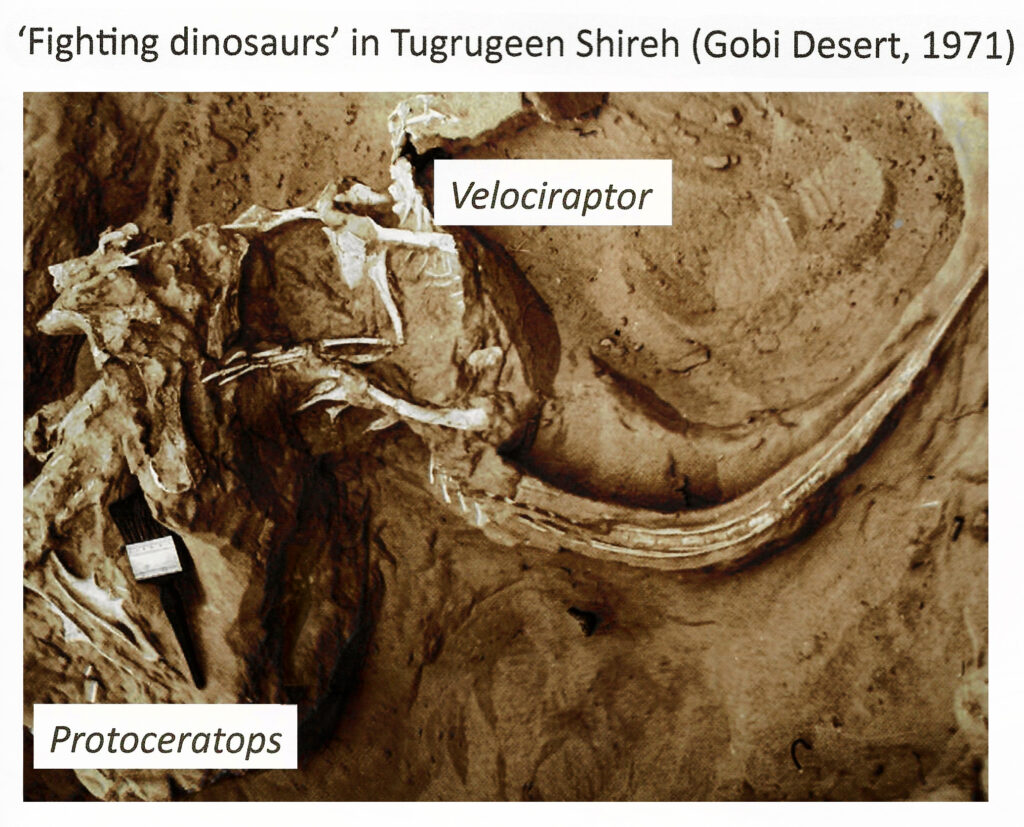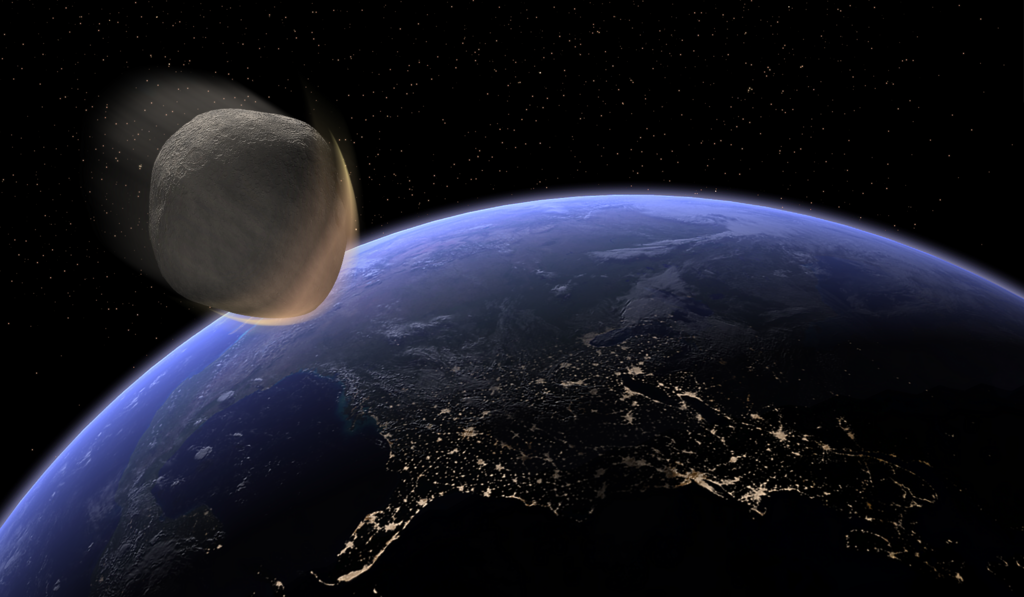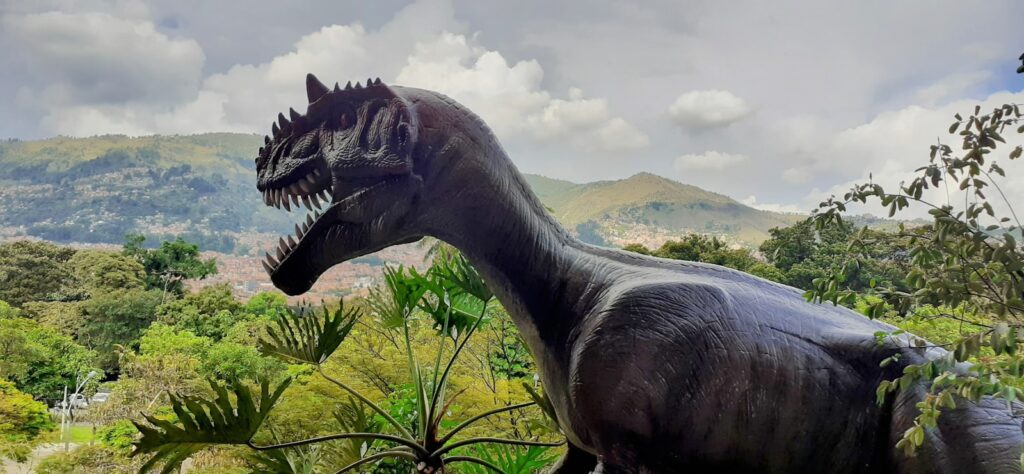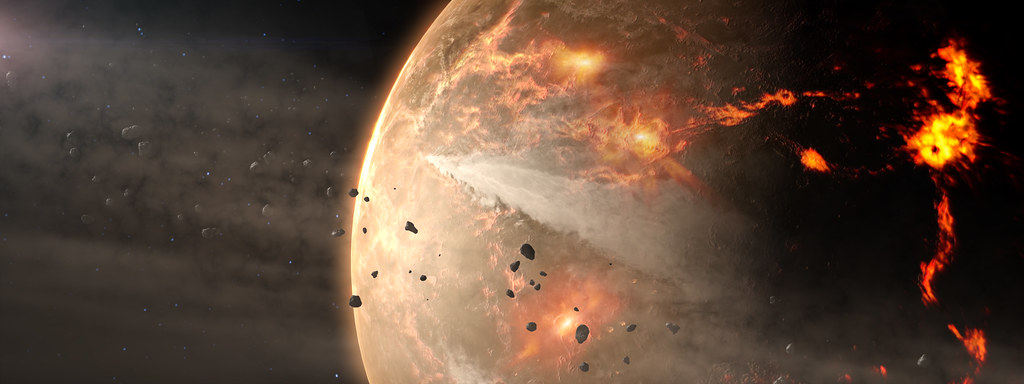In a dramatic moment during a 2019 expedition to Mongolia’s Gobi Desert, paleontologists noticed the top of a dinosaur skull, protruding from a cliffside. What appeared at first to be just another fossilized fragment turned out to be something far more extraordinary: the remains of a juvenile pachycephalosaur, a group of two-legged, dome-skull dinosaurs. The species has now been formally described and named Zavacephale rinpoche.
This find is being hailed as the oldest and most complete dome-headed dinosaur fossil known to date. It pushes back the timeline for the emergence of pachycephalosaurs by some 15 million years. Previously, most known examples of pachycephalosaurs were from the Late Cretaceous period (≈ 86-66 million years ago). This specimen is from much earlier—between 108 million and 115 million years ago, in the Early Cretaceous.
Anatomy, Age, and Preservation: Uncovering What’s Inside

What makes Zavacephale rinpoche particularly precious to scientists is the level of preservation. Alongside the domed skull, the fossil includes previously unreported bones for this group, such as the hand, a complete tail with preserved tendons, and even gastroliths—stones the dinosaur swallowed to help digest plant material.
Though the specimen was not fully grown at time of death (a juvenile or “teenage” dinosaur), it already had a fully formed dome. This suggests that even young pachycephalosaurs developed their characteristic skull domes relatively early in life.
In size, Z. rinpoche is small compared to many later pachycephalosaurs: it’s about 1 meter (≈3 feet) long, and comparatively lightly built.
Naming, Dating, and Geological Context

The name Zavacephale rinpoche is rooted in meaning: “Zava” from Tibetan for “root/origin,” “cephale” meaning “head,” and “rinpoche” meaning “precious one.” It reflects both the domed skull and the significance of the discovery as an origin point for the pachycephalosaur lineage.
Geologically, the fossil came from layers of rock in the Gobi Desert that date to somewhere between 115 and 108 million years ago. Back then, the region was not the arid desert we know today but likely a valley dotted with lakes and surrounded by cliffs—an environment capable of supporting a variety of plant-eating dinosaurs and other life.
Why This Discovery Matters: Filling Gaps in Dinosaur Evolution

Pachycephalosaurs have long puzzled paleontologists because almost all previous finds were fragmentary: often just the dome of the skull, sometimes partial skulls, rarely with limbs, tails, or other parts. This made it hard to know how the dome developed, at what age, and what other features accompanied it.
With Z. rinpoche, researchers can observe that the dome appears early—even in juveniles. That gives insights into behavior: perhaps the dome was used for social signaling or competition (for mates or status) rather than solely for adult combat or defense. Researchers are rethinking hypotheses about head-butting vs display, timing of sexual maturity, and growth patterns.
Also, by extending the known age of pachycephalosaurs backward by ~15 million years, this fossil helps reshape the evolutionary tree, pushing the origin of this group earlier than previously thought. That has implications not just for pachycephalosaurs, but for how we understand dinosaur diversification in the Early Cretaceous.
Open Questions & What’s Next
Even with this remarkable find, there are still questions to answer. For example:
Exactly how did dome formation occur over the life stages of these dinosaurs? Z. rinpoche shows early dome development, but scientists want more specimens across different ages to map growth changes.
What was the precise function of the dome? Were they used for head-butting, for display, or for something else (or multiple functions)? This specimen offers data, but it doesn’t resolve the debate fully.
How widespread were early pachycephalosaurs like Z. rinpoche? Was their ecology limited to certain regions, or more broadly distributed than our current fossil record shows? Additional fossil discoveries in Asia and elsewhere will help.
Also, how much ornamentation (spikes, nodes around the dome, etc.) varies with age, sex, species—all of which are difficult to judge from isolated skull domes. Z. rinpoche has some indicators but not full data.
The discovery of Zavacephale rinpoche isn’t just another fossil headline—it’s a breakthrough. It fills in critical missing pieces about pachycephalosaur anatomy, timing, and evolution. A juvenile dinosaur with a fully formed dome, preserved limbs, tail, and even stomach stones, from over 100 million years ago… this is the kind of find that changes textbooks. As more fossils are found, we’ll be in a better place to understand not just what these dome-headed dinosaurs looked like, but how they lived, competed, and evolved. For now, Z. rinpoche stands as a vivid reminder that sometimes, a skull peeking from a cliff can rewrite whole chapters of natural history.




